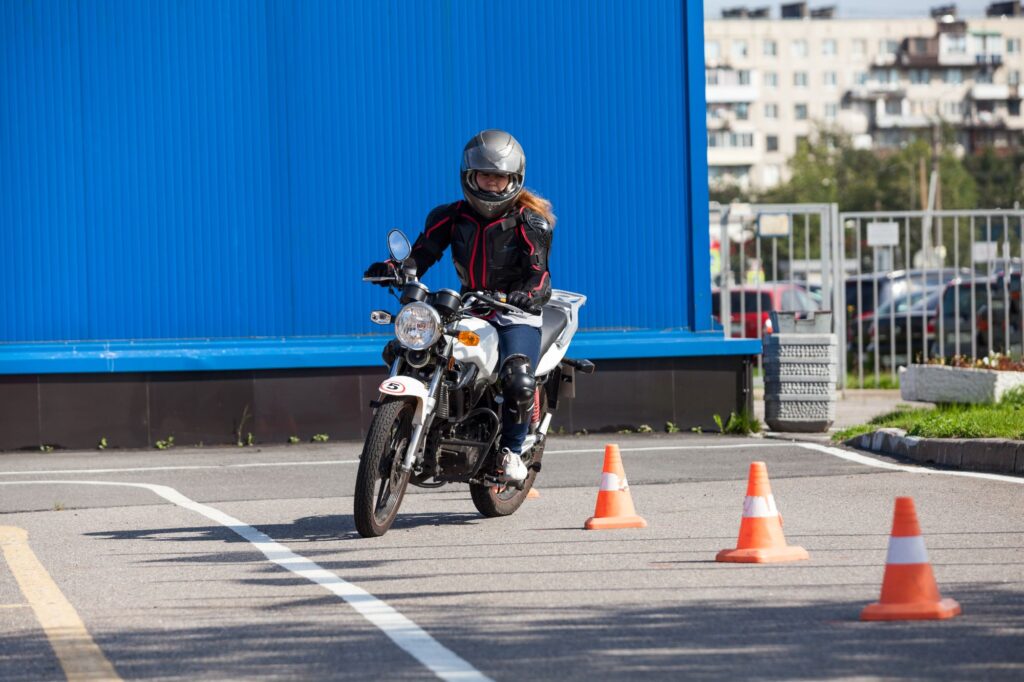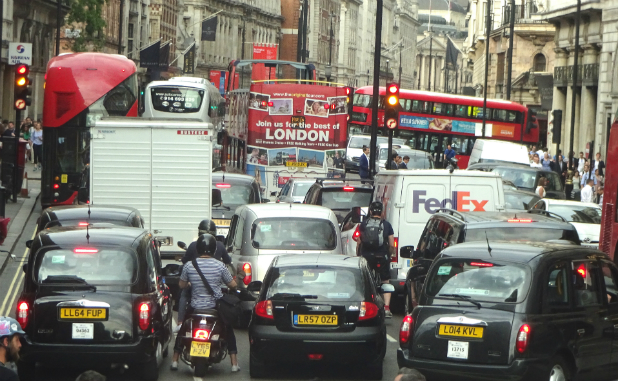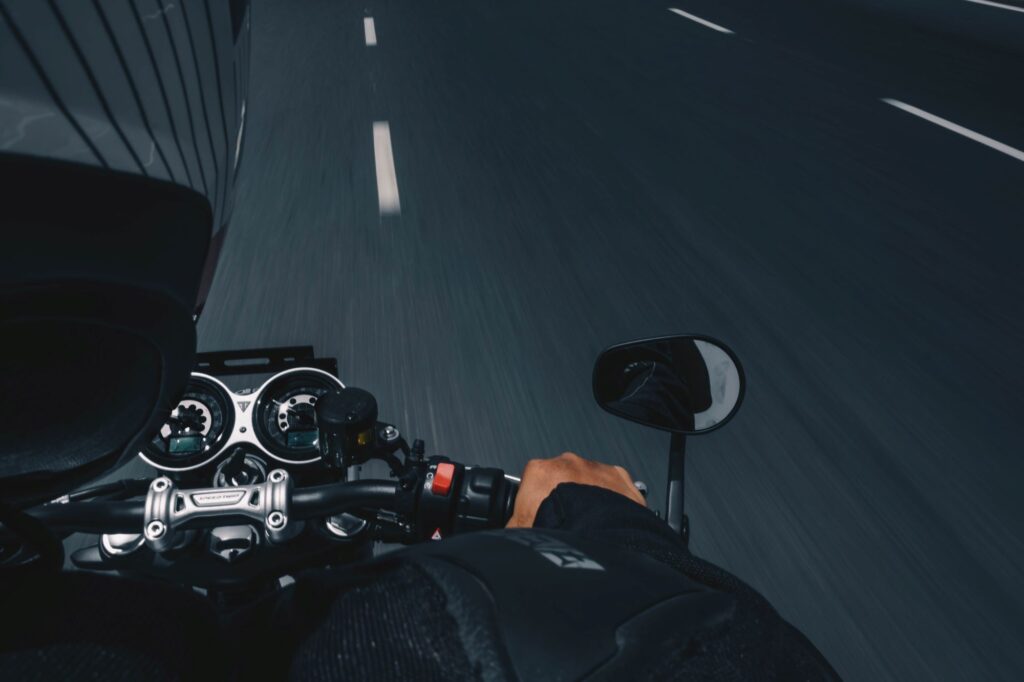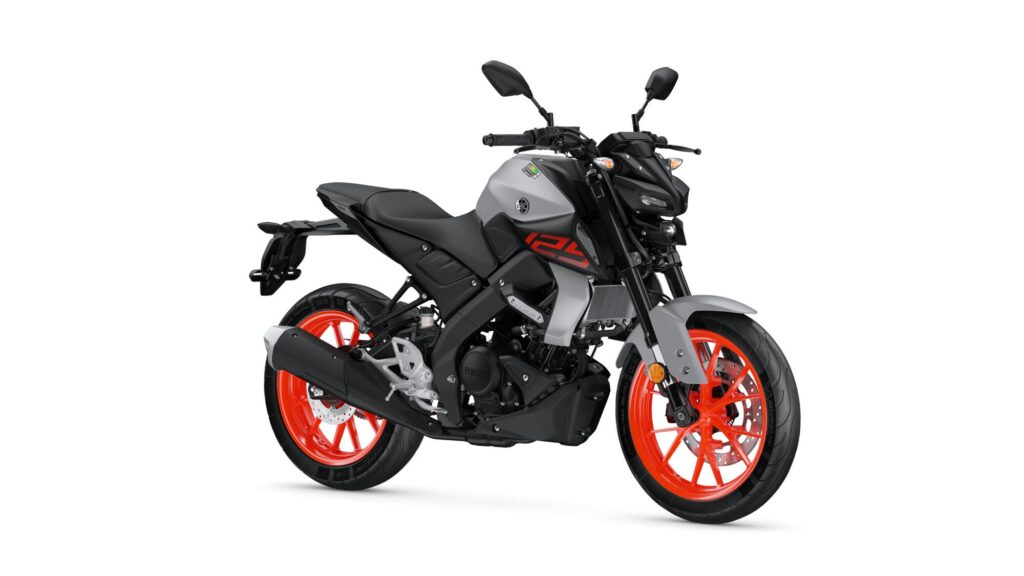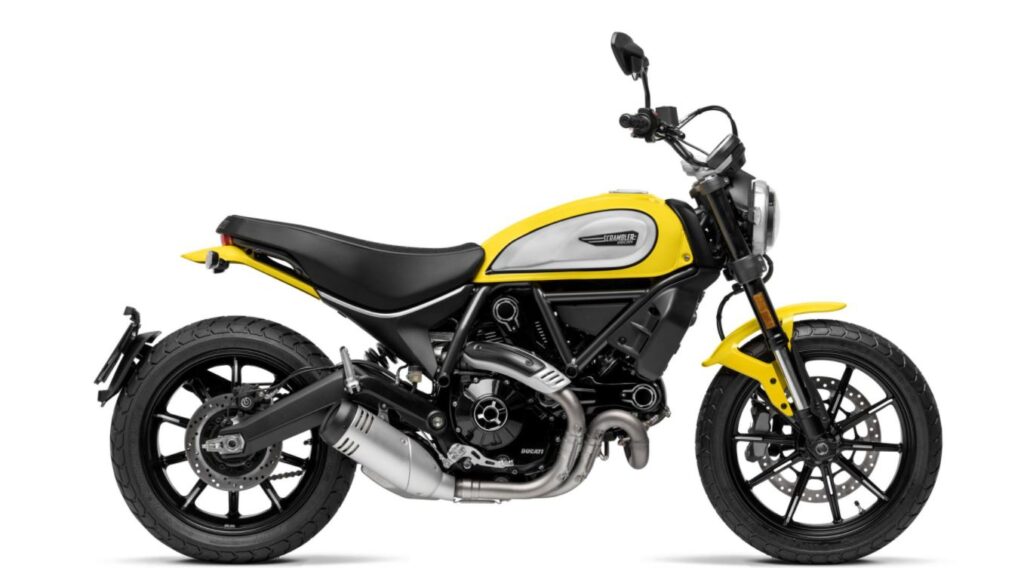November 11 2018 is the 100th anniversary of the end of the First World War. It was the first “modern” war, with mechanisation enabling destruction and death on scales hitherto unimaginable. Bikesure, the insurance brokers, takes a look back at how motorcycles were used in WWI.
The start of the 20th century saw the British Empire at its height, with technology of all kinds making an impact on every level of society. Bicycles had already started being used by the military in the second Boer War to help in laying telegraph lines.

During the first decade of the 20th century, motorcycles began appearing in significant numbers. They were little more than powered bicycles at the time of the outbreak of war in 1914, and when the British Expeditionary Force (BEF) left for France in August 1914, the 247,400 men were accompanied by 827 cars and only 15 motorcycles. The first contact between the British and German armies happened on August 22, when a British bicycle recon unit got into a firefight with a German unit at Oberg. The following day, British and French cyclists fought a rearguard action, dismounting from their bikes.
At this early stage of the conflict where both sides were more mobile, it was quickly realised how effective this tactic would be on motorcycles. The British army began work on creating a new unit built around motorcycle fire teams.
In order to get the new units operational quickly, the War Office issued a call for volunteers and their bikes. The response was overwhelming, and the first units of the Motor Machine Gun Service (MMGS) were deployed in the spring of 1915. In particular, members of motor clubs and trials riders were asked to join up as their advanced skills would be invaluable.

It was determined that the MMGS needed specially designed sidecar combinations capable of holding the Vickers guns. After trials, including field tests late in 1914, the manufacturer Clyno was selected to collaborate with Vickers to produce a motorcycle combination.

Clyno was founded in 1909 in Thrapston, before moving to Wolverhampton the following year. They quickly made a name for themselves by entering their bikes in trials and climbing hills previously thought to be impossible. It was this power that led to them being picked for the new units, with the decision being made by Sir Winston Churchill, according to legend.
The Motor Machine Gun Service was officially part of the Royal Field Artillery. MMGS batteries were allocated to each division of the BEF. Units consisted of 18 motorcycle/sidecar combos carrying six Vickers machine guns along with ammunition and spare parts, as well as eight motorcycles without sidecars and a couple of cars or trucks. The bikers were selected from volunteers belonging to cycle clubs, while officers were seconded from other regiments. Their main function was helping to protect retreating soldiers.
One of the first battles the MMGS was involved in was at Neuve Chapelle in March 1915. As well as being the first deployment of armed motorcycles, it was also first to be aerially photographed by the Royal Flying Corps in advance of the attack. Despite an artillery barrage that used more explosives than the entire Boer War, the attack was broadly unsuccessful, not helped by the destruction of telegraph lines on the British side making communication difficult. Nevertheless the MMGS units were noted to have proved effective in conveying correspondence afterwards.
Almost as soon as the MMGS had been deployed to the western front, the nature of the war started changing. A letter printed in the Motor Cycle magazine dated July 15 notes that the #10 battery had 12 billets in the eight weeks it had been there, but had not seen a German that entire time.
The early fluidity of the war became a more evenly matched stalemate between two deeply entrenched armies. The traditional combat doctrines both sides operated under were based around sweeping manoeuvres and set-piece battles, and both were mostly used to fighting less well equipped opponents in colonial police actions. Going up against another mechanised, modern army meant most of their usual strategies were useless.
Trench warfare was mostly defined by artillery, sniper fire and chemical weapons, with motorcycle fire teams becoming less useful to the conflict in France.
As 1915 progressed, the original Expeditionary Force was joined by Kitchener’s new army. As the tempo of the war changed, the usefulness of the MMGS batteries was declining.
In October the Machine Gun Corps was created, and the MMGS was incorporated into it. Most of the batteries on the western front were dissolved during 1916, with many men being transferred to the newly created tank corps. The newly invented tanks were one of the attempts to break the stalemate of trench warfare, debuting nearly two years after the start of the conflict. The early models were based on tractors with crawling treads, and were largely ineffective. But the machines were quickly redesigned and became more useful, a sign of the massive technological advances the war was causing.
In the African and Middle Eastern theatres the mobile batteries were more useful, and remained in action until the end of the war.

Getting the message through

The bulk of motorcycles in World War One were involved in despatching messages. It was difficult to keep telephone lines to the front lines operative under artillery fire, and the threat of snipers made alternative methods like semaphore or signalling lamps too dangerous for use in the trenches a lot of the time.
Motorcycles were one of the fastest methods of transmitting orders and information. Despatch riders were part of the Royal Engineers Signal Service, the unit of the army tasked with establishing and maintaining communication infrastructure.
Despatch riders used bikes from many different companies, with Triumph and Douglas making up the largest fraction. Triumph’s Model H was one of the first makes to be selected, and the company provided nearly 30,000 over the course of the war. Douglas meanwhile had a contract to supply 300 a month for the duration of the conflict, which worked out as 70,000 in total.
As well as delivering messages themselves, one of the most important tasks for despatch riders was the distribution of homing pigeons. This was often the most effective way of getting reports from the front line back to the command bases.
Keeping the front lines stocked with pigeons was a massive undertaking. This can be seen briefly in this footage, which gives an idea of the scale of this operation.
In 1915, “Adventures of a despatch rider” by Captain WHL Watson was published. This was made up of letters and diary entries from between August 1914 to February 1915. Watson was an Oxford student who answered the initial call for volunteers, and it is a fascinating insight into those early months of the war. It supports this story that 75% of the despatch rider’s job was relatively safe, but it details the moments of peril in between plenty of downtime.

Saving lives
Motorcycles were also widely used as ambulances, with many different sidecar configurations allowing injured soldiers to be transported relatively easily.
While women were basically kept off the front lines, a significant portion of the nurses were able to drive motorcycles.

Two of the most famous motorcycling nurses were Elsie Knocker and Mairi Chisholm, who had bonded over their shared love of motorcycles before the war, even competing together in competitions. At the outbreak of war they volunteered for medical work and were deployed to work with the Belgian Red Cross as part of Hector Munro’s ambulance corps. After a couple of months of transporting wounded soldiers from the front lines back to the hospital, they realised they could be more effective if they were treating injured soldiers close to the front lines. They set up a first aid base in the basement of a ruined house at the village of Pervyse. From here, they were able to provide immediate care to wounded soldiers, some of whom the women themselves rescued from No Man’s Land, before Chisholm transported them back to the hospital 15 miles away. They spent three and a half years there, and were awarded a number of medals for their bravery.
Aftermath
The Great War came to an end on November 11 1918 at the signing of the armistice. While the effect on motorcycle technology is trivial compared to the almost unimaginable loss of life. The battlefields of Europe did act as a giant testing track for them.
In the blasted, unforgiving landscapes of France and Belgium all the shortcomings of the early motorcycle designs were made very obvious, and helped to drive improvements across the field. Some manufacturers, like Triumph, took the lessons learned and produce new and improved machines, building on the reputation they gained.
However, the sudden availability of second-hand army surplus bikes caused many other motorcycle companies to collapse, including Clyno. This was only a temporary state of affairs, and by the 1930s there were over 80 motorcycle companies in the UK.
A century on, the social consequences and political changes the war brought about are still playing out. In terms of automotive vehicles, the war helped to ensure their dominance as the defining form of transport of the 20th century, with motorcycles specifically assuming many of the roles previously taken by horses.
If you’re looking to insure your motorcycle in 2018, look no further than Bikesure, the UK’s freewheeling insurance broker, to find the best deals and cover to ensure your pride and joy is covered.
You May Also Like …
Southport’s Easy Rider Howard Morris shares his collection of US custom bikes

